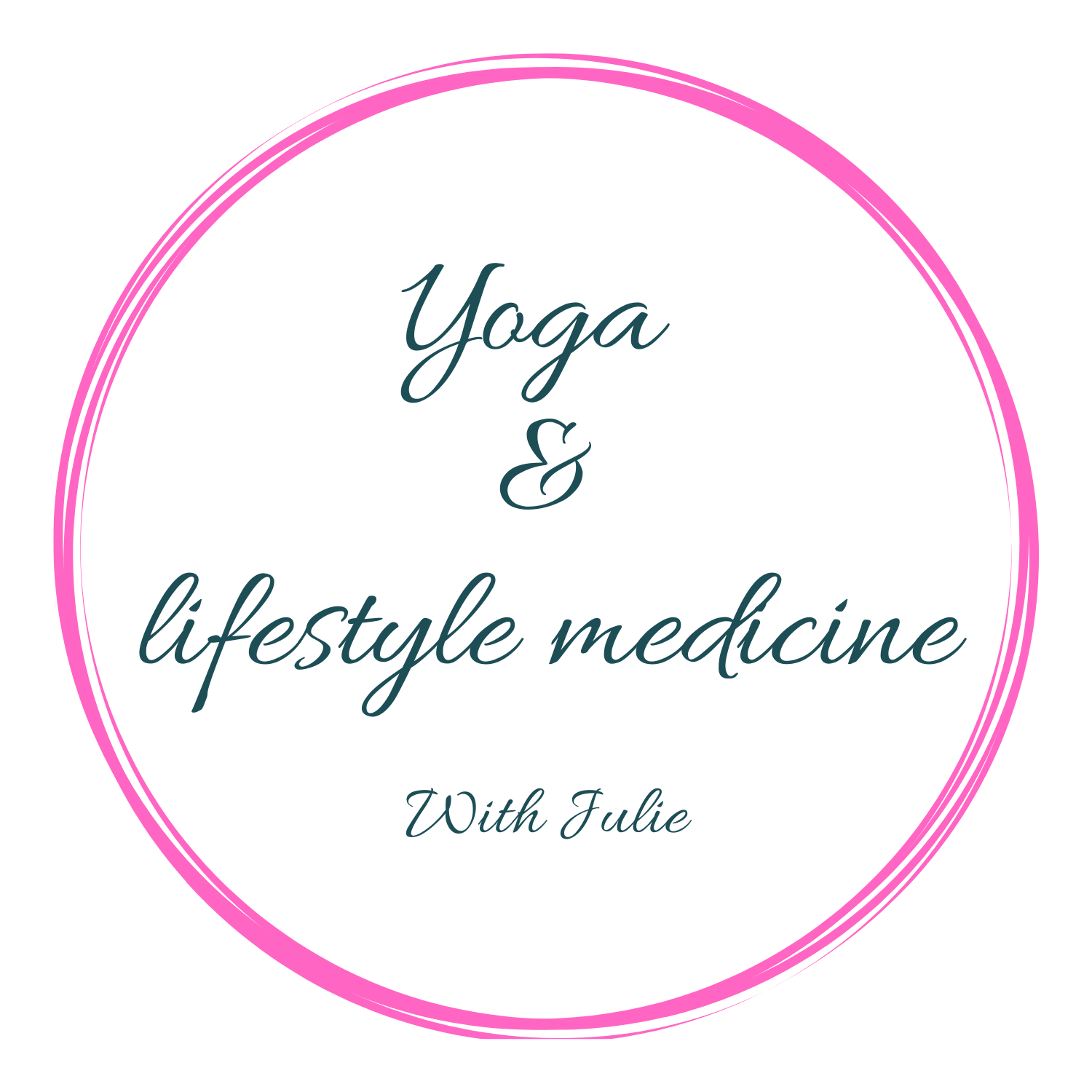This article aims to share with you the fundamentals on rheumatisms. And I have been able to change in my dietary and behavioral lifestyle. I have also calm and soothe my rheumatism. They have practically disappeared in my lower back since I suffer of spondylolisthesis.
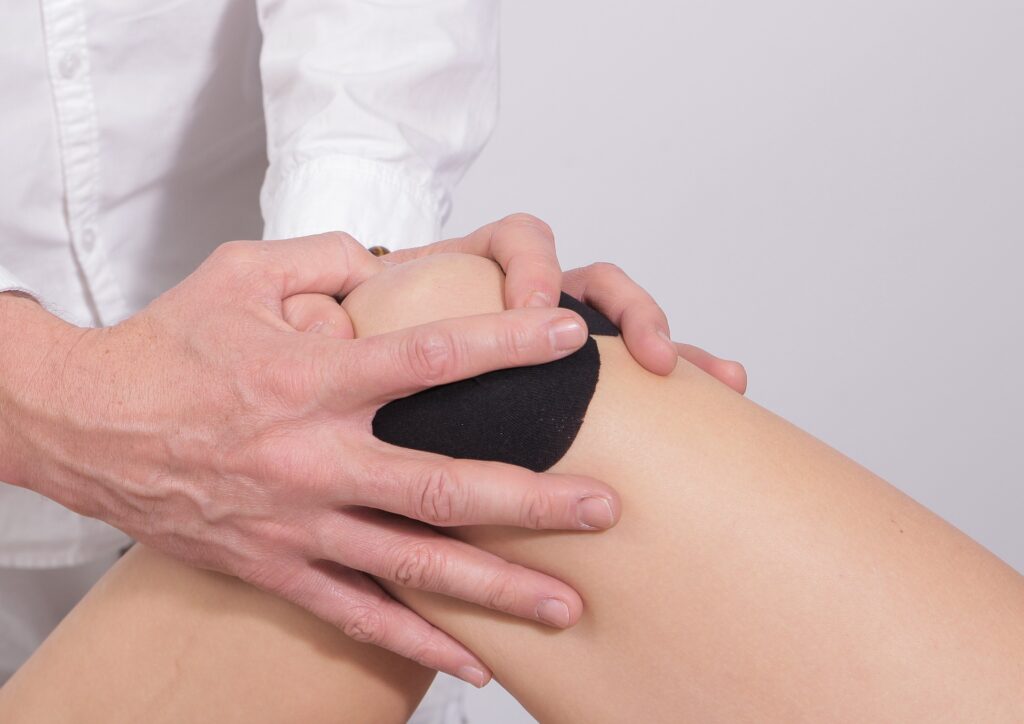

The origin of rheumatism
You have to be patient and persistent with dietary change. It takes time for your body to detoxify, especially if you haven’t done it for years.
I’ll explain a little bit what’s going on. You need to understand that inflammatory and autoimmune diseases start in the small intestine. It’s something very important because when you understand that your diet plays a huge role in your inflammatory diseases. It also play a role in your healing potential. I apply and it works for me.
Rheumatism co-factors
In fact we have what we call cofactors in our food
The co-factors are elements such as lactose or the consumption of cereals which will accentuate this inflammatory sensitivity. It may be a genetic sensitivity given by our mother, our father. It is important you draw up a kind of genealogical tree of inflammatory diseases on your mother’s and your father’s side. You will know if you have a more or less favorable genetic ground, bequeathed in inheritance. And then with which you will develop inflammatory diseases.
If I take my case, that’s exactly what happens. For example in my family we have a lot of cases of rheumatoid arthritis and osteoarthritis, psoriasis, eczema. Besides, my brother developed it so I know there is a genetic background in my family that is conducive to developing inflammatory diseases.
I myself developed beyond rheumatism, osteoarthritis at the level of L4 / L5 linked to my spondylolisthesis. It’s just to say that sometimes and we have a genetic ground that will be sensitizing. We cannot fight against but reduce your cofactors.
This will not necessarily cure you, because we cannot change our genes. But in any case influence them and avoid constantly entering an inflammatory state and reproducing dietary errors that will degrade your condition.
Because as soon as you actually stop this diet, your inflammatory state will come back. You can do several tests on this, you will quickly realize it.
For example, I stopped eating dairy products. I will explain you later what I stopped eating. When I reintroduced thos products from time to time. I like dairy products, but real dairy products because it is beneficial for the intestinal flora. Although for some people, dairy products are not favorable.
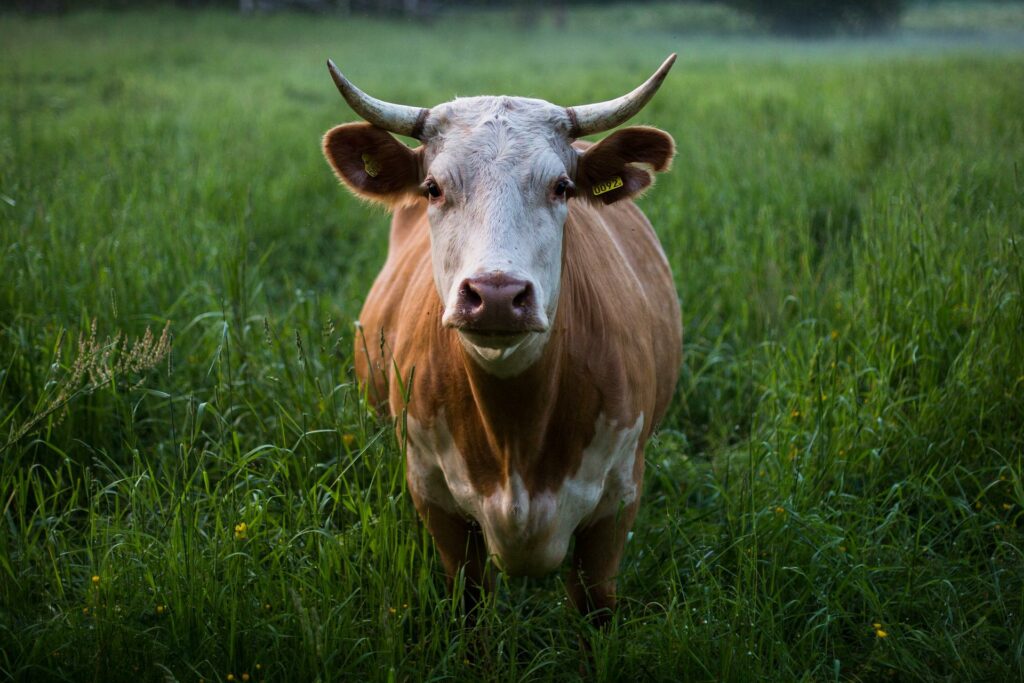

The emunctories and our intestinal barrier
In the body we have several emunctories: the kidneys, the liver, the skin, the lungs, the intestines and also the mucous membranes.
The emunctories do not work properly due in part to the modern diet. Because in the modern diet there have been many genetic manipulations, therefore molecular, and the addition of many artificial additives.
Thus our digestive enzymes and our mucins, which are glycoproteins that create protection for our intestinal mucous membranes, are completely lost and can no longer do their job properly to digest large molecules. And these large molecules pass into the blood because our intestinal barrier is weakened. A intestinal barrier weakened lets them pass into the blood…hence food allergies.
Today, the objective of the industrialists is to cultivate cereals with better yields, which says better yields says good business… They develop species without diseases to have less loss of harvest and thus more profitability.
Cereals are prettier, bulkier, less diseased, but in terms of quality and nutrition, manufacturers don’t care. Their goals is to earn as much money as possible at the expense of our health. And often even their objective is to make us dependent on certain substances…like sugar for example.
What really matters to them is to be able to make a profit by selling in large quantities. And at the expense of nutritional quality.
The consequences
Results: we, poor humans eat this crap. Voluntary molecular modifications have completely modified the DNA of wheat. Among other things, and it is therefore normal that our enzymes, which have not evolved for ten thousand years, cannot digest these new molecules. This leads to poor digestion, poor assimilation and inevitably it pollutes our lymph, our blood, our tissues and our emunctory.
Our digestive enzymes have several enemies: poor diet, stress, tobacco, medical treatments and antibiotics. This pollution is very detrimental to our digestive system. This modern diet leads to the weakening of our digestive enzymes. Plus our way of life which is no longer in symbiosis with respect for our biological rhythm.
The large intestine
It the large intestine who has a major role in autoimmune and inflammatory diseases.
The small intestine is five to seven meters long than it really is and represents an area of 30 square meters between the folds and folds of the intestinal mucosa.
So it’s quite large since it’s roughly equivalent to a large handball field. And we have more than 100 billion bacteria that make up our microbiota.
It is one of the guarantors of our good health and it must therefore be pampered.
It is lined with a mucous membrane called the epithelium. The epithelium is itself composed of anterosite which are full of small cells which are juxtaposed to each other. It will in fact create what is called the intestinal barrier.
The role of the intestinal barrier
Its role is to be impermeable, i.e. not to allow large molecules and bacteria to pass into the blood so as not to contaminate our tissues.
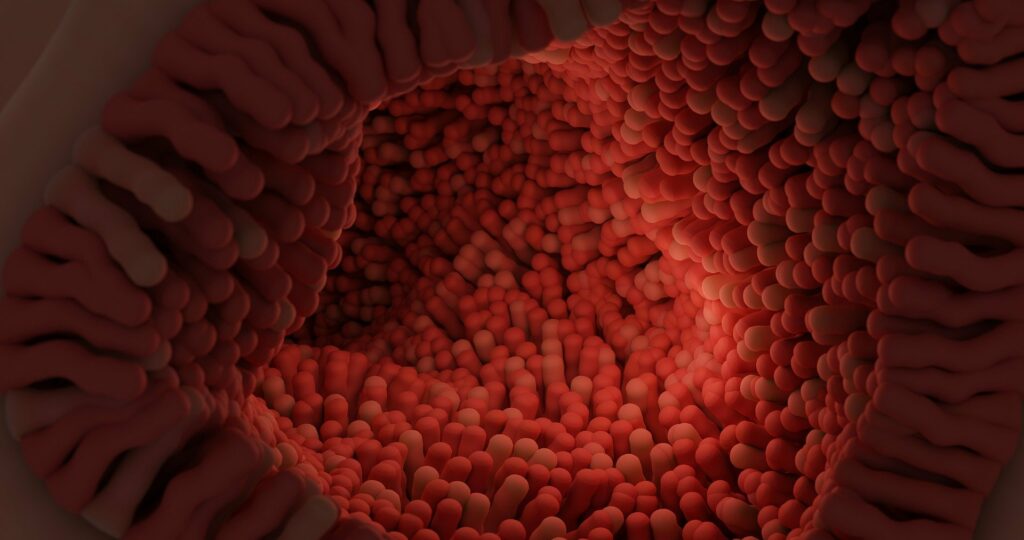

Above each anterosite there are villi. They are a bit like the fibers of a carpet and which will come to select the elements which will be digested by the intestine.
The anterosite have their own means of defense since they have a whole bunch of tools at their fingertips to be able to face the invader.
For example, the intestinal mucous membranes are carpets of immune cells such as lymphocytes, white blood cells, for example.
The antero sites form a natural barrier and if they become distended this is where molecules and bacteria enter the blood. This distention is the case for celiac disease or irritable bowel syndrome or intestinal permeability
The people who will have a genetic sensitivity in fact it is explained in a very simple way. They will have immune cells that include a molecular marker with HLA human leukoyte antigen. These are the glycoproteins I was telling you about earlier and which line the intestinal mucosa
So with an HLA type 2 it is when we recognize a cell as being exogenous to our interior. That is to say that it is a cell which will be identified as being a bacterium as being something unhealthy for the organism. And therefore our organism will attack it thanks to our immune system. And HLA type 1 is when we identify a cell that is part of us, so it is not attacked by our immune system.
People who have an HLA type 2 marker on their immune cells will actually have a communication problem between their cells. There will be erroneous messages that will be sent. And for example, a milk protein or gluten molecules will be identified as harmful, as being a virus or a bacterium. Then our system will recognize this molecule as being an antigen. We are going to develop our armada of cytokines which will alarm our immune system.
Except that when we use cytokines the tight junctions that stand out. You have understood it’s when you have an impermeable intestine, means that you have a problem with the tight junctions.
What studies, what solutions?
Scientific studies that have shown that people who had leaky gut actually had a microbiota that was completely disorganized. For this you can follow the Ayurvedic diet.
And a clinical doctor and biologist, Jean Seignalet has studied immunology for many years, also known for the hypotoxic diet. He conducted numerous tests on thousands of patients with high success rates. These tests showed that immune and rheumatic diseases were linked to diet.
The Ayurvedic diet is very simple:
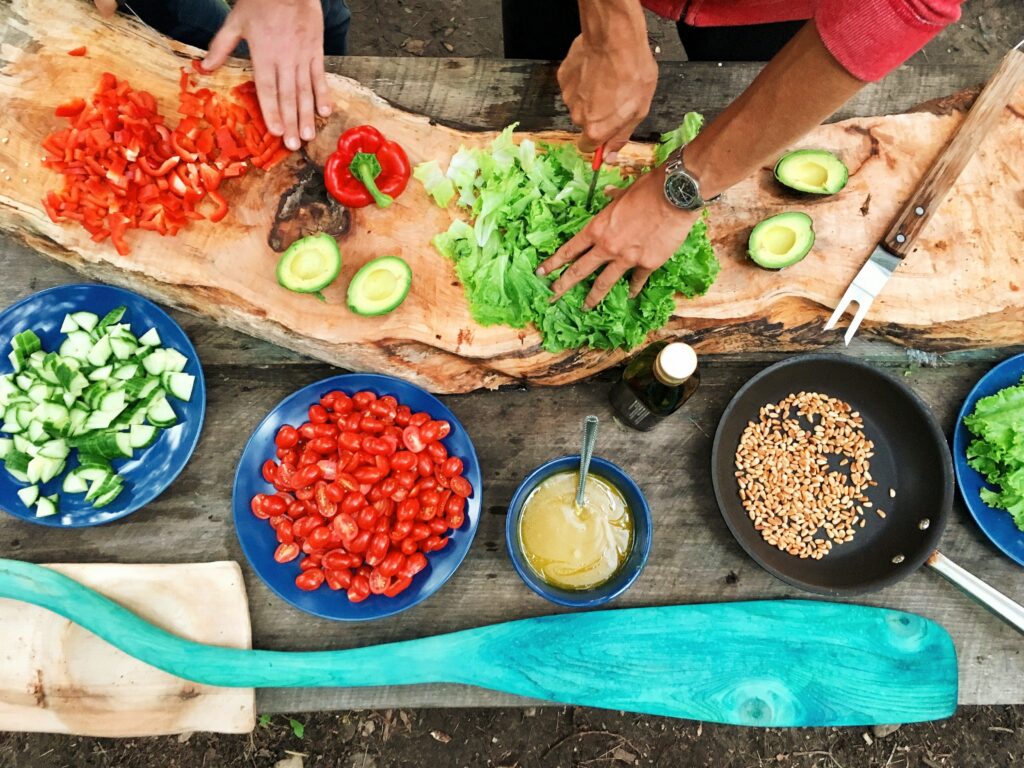

You will have to follow several rules. First, we will put aside all dairy products and their derivatives, creams, cheeses, yogurts.
On the other hand all vegetable dairy products are to be consumed.
Bemol, the buttermilk which can be eaten with certain herbs.
You must reduce your salt intake because it is found in too large quantities in prepared meals.
It is very important to take natural mineral salt. I put a tiny bit of it in my meals, I take Himalayan salt. It is also more assimilable by the body. You can also use unrefined natural sea salt harvested manually on a layer of clay.
In fact all the minerals and all and trace elements are kept inside.
Do not take refined salt because in refined salt, they add anti-caking agents which when heated turn into cyanide.
Stop eating deli meats. Since they are generally full of preservatives, salt, bad fats and difficult to assimilate since they clog the intestines.
You will also replace the oils with cold-pressed oils that will keep all their nutrients and vitamins.
It can be hemp oil, safflower oil, linseed oil which is very good when you have estrogen problems, coconut, etc.
There’s plenty of oil on hand to replace.
Refined oils are saturated with bad fats. Choose cold pressed oil otherwise it is as you are consuming an empty oil without nutrients.
Remove all refined sugars and go for natural sugars like jaggery which is a complete sugar or honey. They are also very good for diabetics since it has a low glycemic index
Avoid consuming cereals such as wheat and corn.
We also eat legumes. You can eat “old” rice, harvest after 3 month ago. Even if manufacturers try to change its molecule, rice manages to return to its original state. It is not undergo this molecular transformation. So it comes back to its wild state, It doesn’t have acrylamide either. Acrylamide are molecules that modify the DNA of humans and especially during cooking.
There is a lot of acrylamide on the crust of bread also linked to cooking. It is therefore very very bad for the body.
Avoid anything cooked at high temperatures between 110 degrees and 180 degrees.
It is from 110 degrees that there is the Maillard reaction. It is a chemical transformation that will take place and create new chemical bonds between carbohydrates, proteins and amino acids. This creates what is called glycated protein which oxidizes the body, clogs and tires the kidneys.
All this creates inflammatory states in the body, which is why we favor gentle steam cooking.
You can completely brown your vegetables in olive oil by temporizing. The vegetables keep their crunch, their nutrients and their prana.
Prana in Ayurveda is the vital energy of the vegetable. So cook your food al dente and your vegetables will allow you to preserve the maximum of vitamins
Cow’s milk
Regarding cow’s milk, it is not made for humans.
And since human milk is not made for cows, it makes sense…
Cow’s milk is very concentrated in iron and calcium, which is far too much for your enzymes. Human milk is perfectly adapted in terms of its composition for humans.
Cow’s milk is made so that the calf develops very quickly, unlike a human who must mature very slowly and develop very slowly.
A cow’s milk in terms of its composition includes 80% casein. Casein is what we have in whey. You know when you heat butter, especially when making ghee, the foam that rises is casein. This mixture of impurities creates bloating, irritates the intestines and sometimes it can be silent and take years to come. Chooses ghee, and we will not feel the harmful effects of casein in our organism
Cow’s milk therefore contains 80% casein while human milk only contains 17%.
You realize the difference it’is a lot. It’s only on the order of a few percentages it can be counted in tens and tens and tens of percentage difference in terms of protein
Cow’s milk contains 32 grams of protein per liter and human milk 9 grams of protein per litre. We understand why it is complicated for a human to assimilate milk.
When milk proteins are split, insulin increases in order to be able to digest them. That’s why milk consumption would have a strong impact also for diabetics.
The cows are fed fermented wheat to increase their milk yield. This is called silage. This food ferments in the absence of oxygen and these wheats and corn acidify the food and therefore their milk by snowball effect will also acidify our intestine.
The cows are treated with hormones, antibiotics and all of this ends up in the milk.
Calcium and rheumatism
If you really become aware… You are the only actor of your health,... Stop milk. Because it really does not have anything good for you. And you can completely find other sources of calcium in plants.
Calcium from animal proteins is assimilated by the body between 30 to 40% by the human body, while plant calcium is assimilated at 70%.
Now you know what to do.
The reason is that it is natural, better for your health because it can be assimilated by your body. And it doesn’t mess with your microbiota.
Tofu, broccoli contain calcium, pumpkin seeds, sunflower seeds, sesame seeds, chickpeas, dried figs.
And unwittingly the man will consume milk, milk proteins in his diet. When we start to look at the labels and read the compositions, there is lactose, milk powders in everything. In dark chocolate, food preparations… In short, there are really everywhere and why? You have to ask the manufacturers.
We must hunt down this milk powder and remove it from our diet. And don’t eat processed product, as raw as possible to be sure that there are no traces of lactose or other additives. These compounds are poison for us in the short term. , medium and long term.
Which cereals favored in his anti-rheumatism diet?
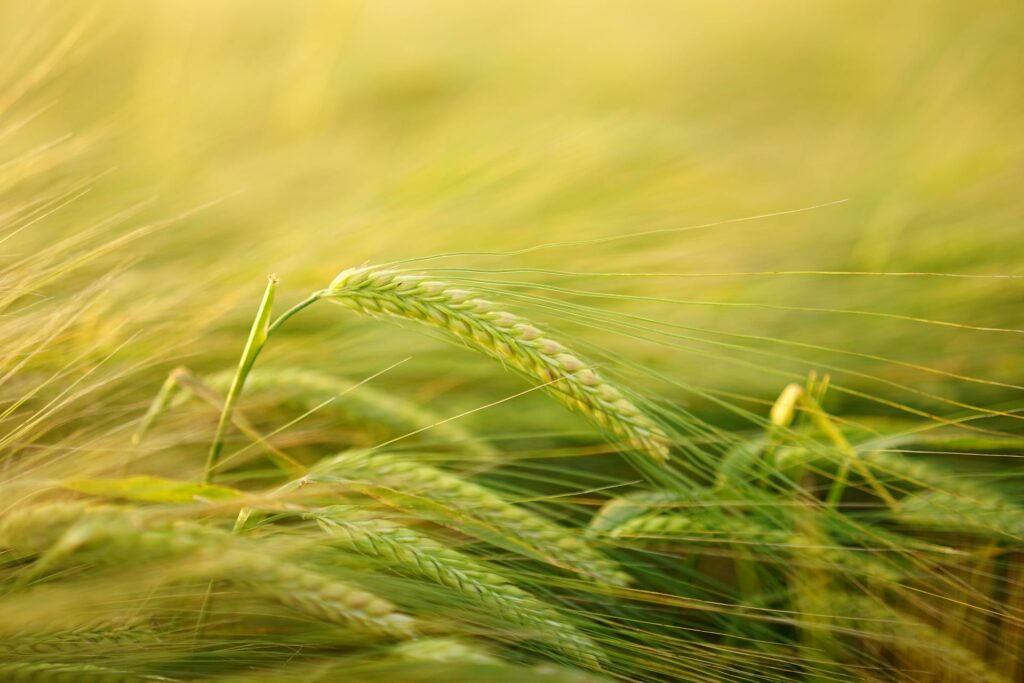

Just like cereals which are no longer the same, like wheat, maize….
Because of the molecular modifications of cereals, our body does not assimilate them correctly or at all.
Wheat in particular contains what is called gliadin. So it is a molecule that will distend the tight junctions and pass more easily into the blood and the lymph. It will foul the tissues by causing an immune reaction. There are also certain short chain amino acids which will cause an influx of water and gas in the intestines.
This is why in case of intestinal permeability we avoid eating gluten.
On the other hand, old cereals such as spelt and small spelt do not have these problems. Manufacturers have little interest in them because they do not generate high yields. They are rich in vitamins and trace elements and easily assimilated by people who are theoretically intolerant to gluten. There is no gluten in spelt or buckwheat.
If you can, eat bread with old grains like spelt flour. Or when you make your winter soups introducing a little spelled will give them consistency and a good grain boost.
What else against rheumatism?
You can also include
Garlic: a recent study establishes that the micronutrients in garlic help in the prevention of bone changes linked to rheumatism.
Ginger, long pepper and black pepper: these last 3 help to correct digestion and metabolism. You can use them daily.
Barley is also interesting.
Drink lukewarm water as it improves digestion, relieves joints and improves flexibility.
Ayurveda studies each case in a unique way to prescribe the ideal treatments, according to your constitution and the stage reached. And for more information on this subject, you can contact me here.
See you soon for the next article here or podcast here .
Take care of yourself and become aware of what you eat. Your body will give it back to you.
References
https://pubmed.ncbi.nlm.nih.gov/30014782/
https://pubmed.ncbi.nlm.nih.gov/24450456/
https://pubmed.ncbi.nlm.nih.gov/28473652/
https://pubmed.ncbi.nlm.nih.gov/32153673/
https://pubmed.ncbi.nlm.nih.gov/25003529/
